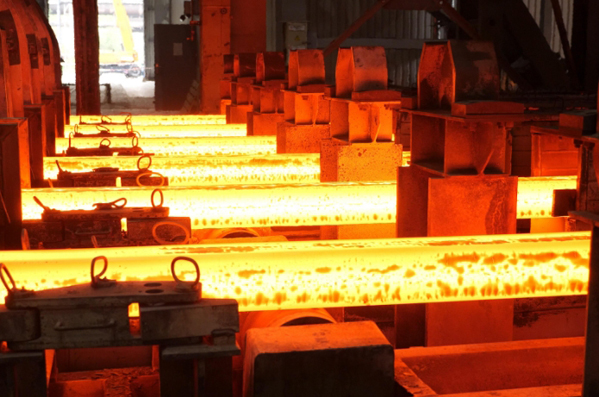
The size, number and morphology of inclusions strongly affect the damage behaviour in hot-deformed AHSS grades by creating privileged locations for crack nucleation. Therefore, their control is essential for process and product performance.
Calcium refining can significantly improve inclusion control by both changing their composition and shape. A typical example is the conversion of sulfide inclusions to complexes in low-sulfur steels to avoid nozzle clogging during casting [9]. The following includes examples of such effects.
When the solubility of oxides and sulfides decreases during steel solidification, their precipitation causes inclusion formation. The inclusions formed prior to the end of the solidification process are called primary inclusions, while those formed afterward are known as secondary inclusions.
The morphologies of primary inclusions are similar, irrespective of their size. They tend to be stringer shaped and have a high specific surface area. However, the specific surface area of secondary inclusions is significantly less. This is because the inclusions are not able to collide with other inclusions during the solidification process.
In this case, calcium treatment is used to change the morphology of inclusions. This enables the inclusions to aggregate and grow. This can be achieved by reducing the melting point of the inclusions, and by using calcium to promote the aggregation of the inclusions. By doing so, the inclusions are able to form the larger spinel and CaS inclusions shown in Figure 2. A trend graph of the evolution of the inclusions in this experiment is shown in Figure 3. The proportion of typical three kinds of inclusions in different experiments is shown in the line scanning results.
Using a 60t Consteel furnace LF3
The average diameter of Type-1 inclusions increased significantly with the addition of calcium wire, which was attributed to their modification into liquid composite inclusions to prevent nozzle clogging. The composition distribution of oxide inclusions in the molten steel also changed.
In addition to changing the inclusion morphology, the addition of calcium treated the sulfide concentration in the molten steel and formed a CaS shell around pure oxides, which caused a heterogeneous distribution of MnS. In addition, the size of sulfide inclusions in molten steel also decreased due to their transformation into liquid MnS. This is attributed to the fact that sulfur nucleates around MnS and does not form a solid phase with oxygen in the smelting process.

A significant portion of the metallurgy of steel is devoted to sulfide inclusion control. The shape of sulfide inclusions is critical to many of the mechanical properties of the steel. Among these are fatigue fracture, stress corrosion, and pitting corrosion.
Researchers have observed that the morphology of these inclusions depends on the type of reaction and surface tension. This has been a major obstacle in understanding the nature of these inclusions.
A calcium treatment is a method of changing the shape and composition of these inclusions. However, these changes can be difficult to understand using traditional methods such as EDX, which has a poor surface sensitivity and lacks nanometer spatial resolution. An alternative is Auger depth profiles of the sulfide inclusions, which have excellent surface sensitivity and spatial resolution. The results of these measurements can be compared to the composition of typical inclusions from different experiments to determine the effect of the treatment on sulfide inclusion morphology.
It is well known that inclusion size, location and morphology have strong influence on fatigue life of steel. Generally speaking, the larger the inclusions are, the more impact they have on fatigue strength of the steel. Hence, it is necessary to control the morphology of inclusions.
In order to achieve this goal, calcium treatment is used. When the feeding wire of calcium is added, the melting point of inclusions is lowered, and they are easily polymerized and clustered. As a result, the proportion of Type-3 inclusions in steel increases. In addition, the morphology of dendrite or platelet shaped inclusions can be modified into a more globular shape by the calcium refining process. This improvement is a very important achievement in the field of oxide metallurgy. Thermodynamic calculations and model simulations also show that if the inclusion morphology can be controlled, then other factors can be optimized, such as alloying and steelmaking processes. This is a very promising direction for the future of inclusion control.

Write a Message